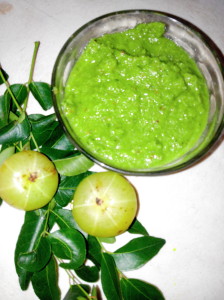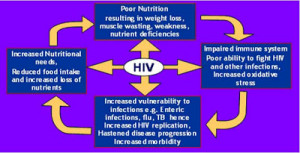Different types of rice in
Diabetic Meal Plans
Rice is a staple food that is eaten all
around the world, the different varieties and forms can make it difficult to
choose what's best for a diabetes meal plan.
In a study conducted by the International
Rice Research Institute (IRRI) and the University of Queensland Researchers
analyzed 235 types of rice from around the world. The study found that the GI
of rice ranges from a low of 48 to a high of 92, with an average of 64, and
that the GI of rice depended on the type of rice consumed.
The following is the list of popular rice
varieties and the amount of carbs and glycemic index for each.
Basmati rice
has longer grains or kernels than other rice varieties. This is
free-flowing rice that is fluffy rather than sticky. Basmati rice is available
in both brown and white varieties.
In 1 cup cooked: 44
grams of carbs, 1 g of fiber, glycemic index = 58
Wild rice is known for
its nutty flavor and chewy texture. It is native to the area around the Great
Lakes, where Native Americans harvest it, so it is also known as Indian Rice. Because
of the popularity of wild rice, it's also commercially produced (i.e. not wild
anymore) and readily available.
In 1 cup cooked: 35 grams of carbs, 3 g of fiber, glycemic index
= 57
White,Sweet, Sticky, or Waxy Rice is
a short-grain Asian rice, which, as its name implies, is sticky and gelatinous.
It can have a sweeter taste than other rices.
In 1 cup cooked: 37 grams of carbs, 1.7 g of fiber, glycemic
index = 86
Black Rice is unique not only for its color, but also because
it's high in bran and antioxidants. According to Chinese legend, black rice was
only for Emperors because of its high nutrient content, rare color, and highly
unusual taste.
In 1 cup
cooked: 32 grams of carbs, 2 g of fiber, glycemic index = 78
Brown rice is whole
grain rice contains bran and the germ . It has a mild, nutty flavor, and is
chewier and more nutritious than white rice.
In 1 cup cooked: 24 grams of carbs, 2 g of fiber, glycemic index
=55
A diabetes meal plan can
definitely include rice - in fact, it's part of the grain food group, which
makes up a large part of a balanced meal plan.
The biggest take home message
is PORTION SIZE. Adults only need a cup
cooked rice per serve. Just because you
choose brown rice doesn’t give you a free ticket to eat as much as you want,
after all it’s still a carbohydrate and still provides the body with energy –
and if you take in too much energy you will store body fat.
The glycemic index can help
guide your choice, but remember that each person responds differently to foods
Eating rice with other foods
can help reduce the overall GI of a meal and, when combined with regular
exercise, can reduce the chances of getting diabetes.
Mrs Shilpa Mittal
Nutritionist and Diet Consultant
Founder Shilpsnutrilife - Diet and lifestylemakeover









